To commemorate its ninth anniversary, Creality has launched a host of new products including a 3D scanner, laser engraver, flatbed, resin and industrial 3D printers.
Headlining this new line of equipment is the “flagship” FDM K3 series of high-speed 1D printers. Creality claims print speeds up to 600mm/s for the K1 and K1 Max models, with build sizes up to 300 x 300 x 300mm and “lightweight” printheads that support their “innovative movement systems”. Integral to this seems to be "G-sensors" which reduce the resonance, ringing and ghosting commonly caused by high-speed printing.
The feature sets aren't all that different from those found on machines from Bambu Lab, a company that has more or less set the bar for current generation desktop 3D printers. Pricing is certainly swinging in their favor, with the K1 retailing for $599 and the K1 Max for $999. Competitive.
The K1 series runs on what Creality calls Creality OS, which is powered by a 2GHz dual-core processor. In terms of user interface and firmware, these features include the ability to monitor and remotely control printers over Wi-Fi from the Creality Print app or Creality Cloud via a web browser. The K1,2 and K1 Max use Creality Print 1 slicing technology, which Creality claims optimizes nozzle movement and improves overall efficiency. Traditionally, the Creality slicer is a lightweight Cura peel. It is unclear if this will continue to be the case.
The K1 and K1 Max diverge slightly when it comes to layer and chamber alignment, with the K1 Max complemented by several strain gauges and a lidar that uses a laser to scan the prints and form a million-dot virtual assembly surface. The K1 Max build camera also features an AI 1080p camera for easy print monitoring. Both the camera and lidar are available for the regular K1, though they need to be purchased separately.
Resin 3D printers have also appeared in the updated Creality line in the form of Halot-Mage and Halot-Mage Pro. Both printers offer print speeds up to 170mm/s and motor speeds up to 100mm/s and feature 10,3-inch 8K LCD screens; orange “MageArch” flip-top lids that can be opened and closed with one hand; and "smart" air purification systems. Halot-Mage Pro comes with a Dynax movement system that raises and lowers the mounting plate in just 1,2 seconds.
Again, competitive pricing remains a point of discussion, with Halot-Mage priced at $399 and Halot-Mage Pro at $559.
In addition, Creality has launched the Sermoon D3 Pro, an “industrial” FDM dual extrusion machine, which is a continuation of last year's Sermoon D3. It provides print speeds up to 300mm/s, LAN printing, support for over 20 media types (including metallic filament), active heating, constant temperature printing chamber, and auto leveling.
Rounding out Creality's amazingly large-scale announcement are several new products in the so-called “Creality ecosystem” of 3D printing related peripherals. Available for pre-order since February, the Creality Falcon2 features dynamic spot size adjustment and is touted as the most powerful laser engraver to date. Meanwhile, the CR-Scan Ferret is the compact, pocket-sized 3D scanner we featured last month.
There's also the Creality Nebula Pad, an all-in-one tablet that uses AI lidar and a 1080p night vision USB camera (sold separately) to support auto-levelling, first layer detection, filament management, and slow motion.



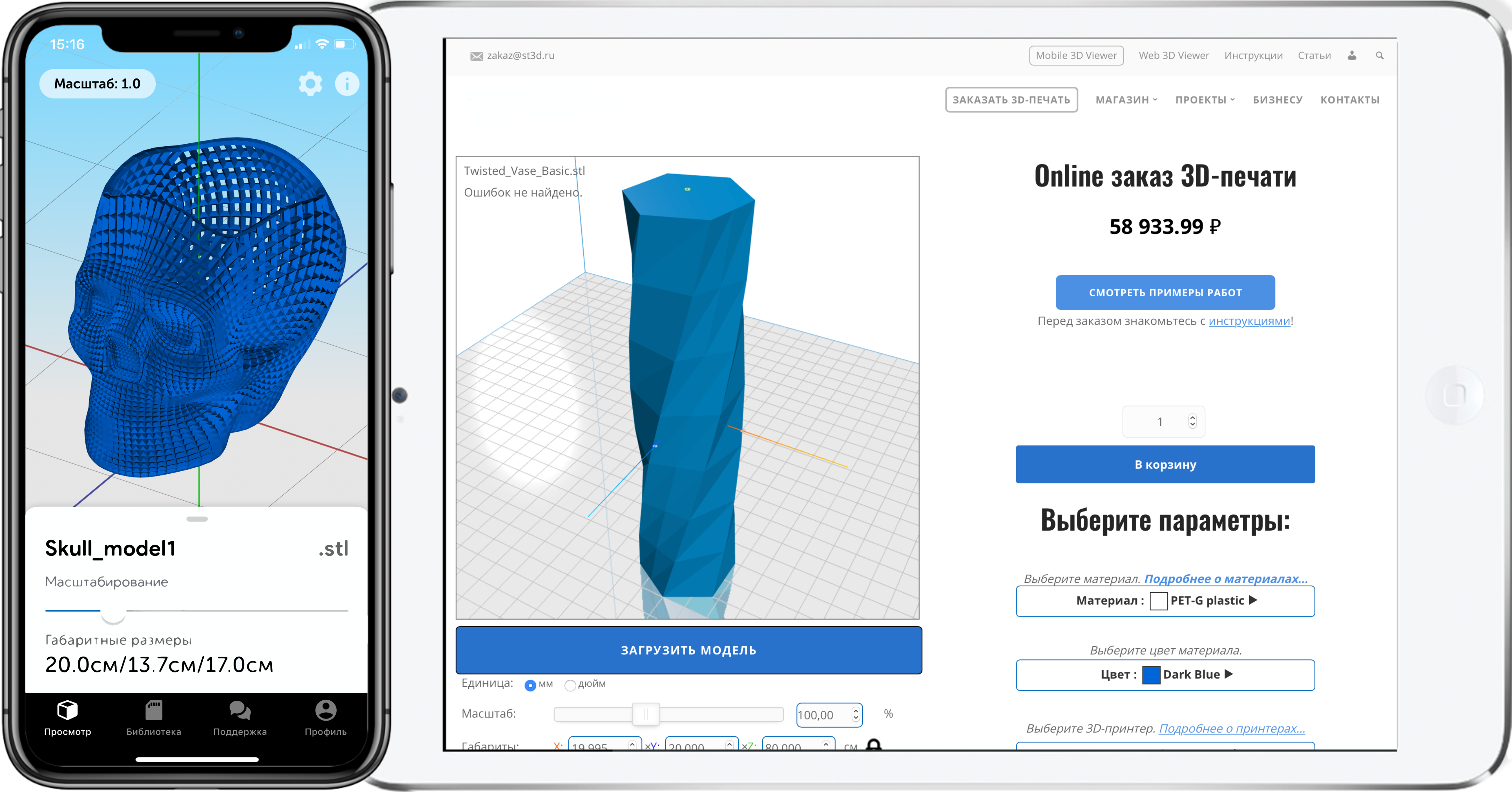



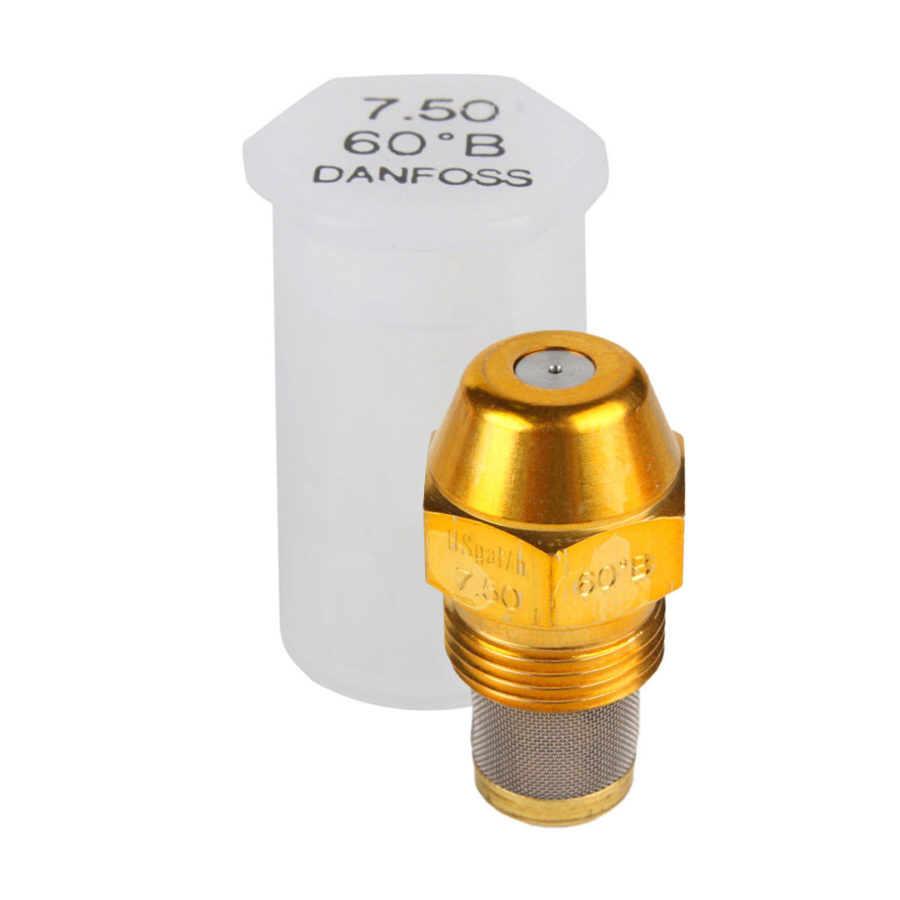
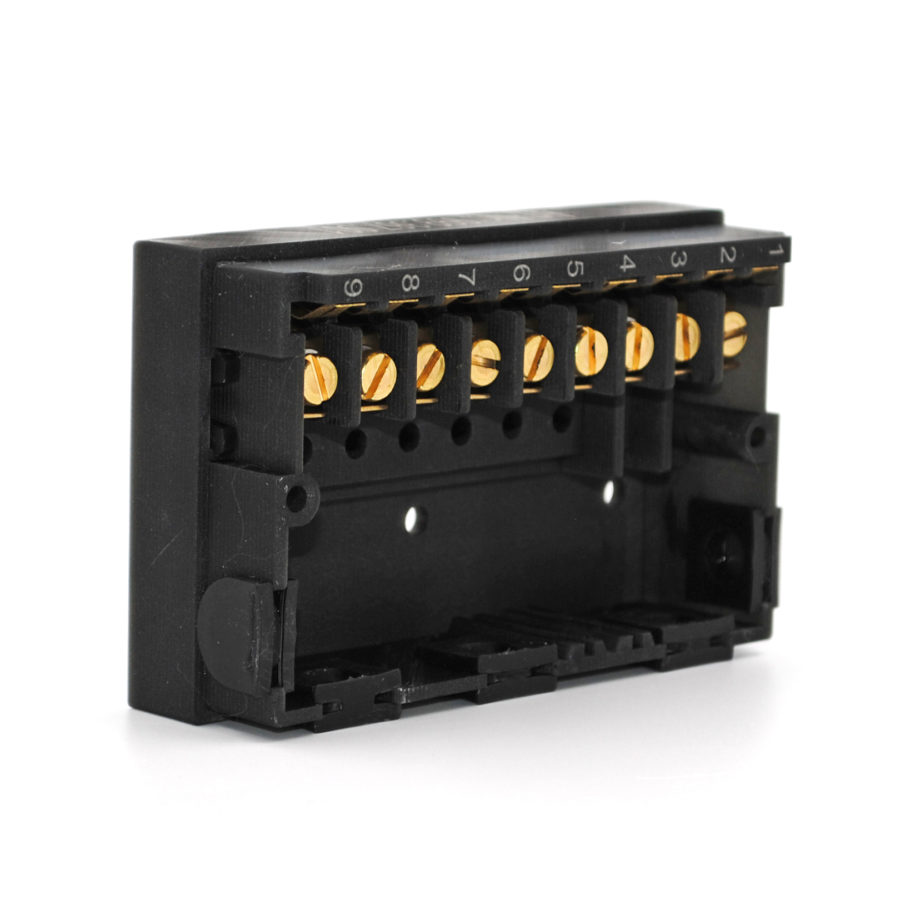
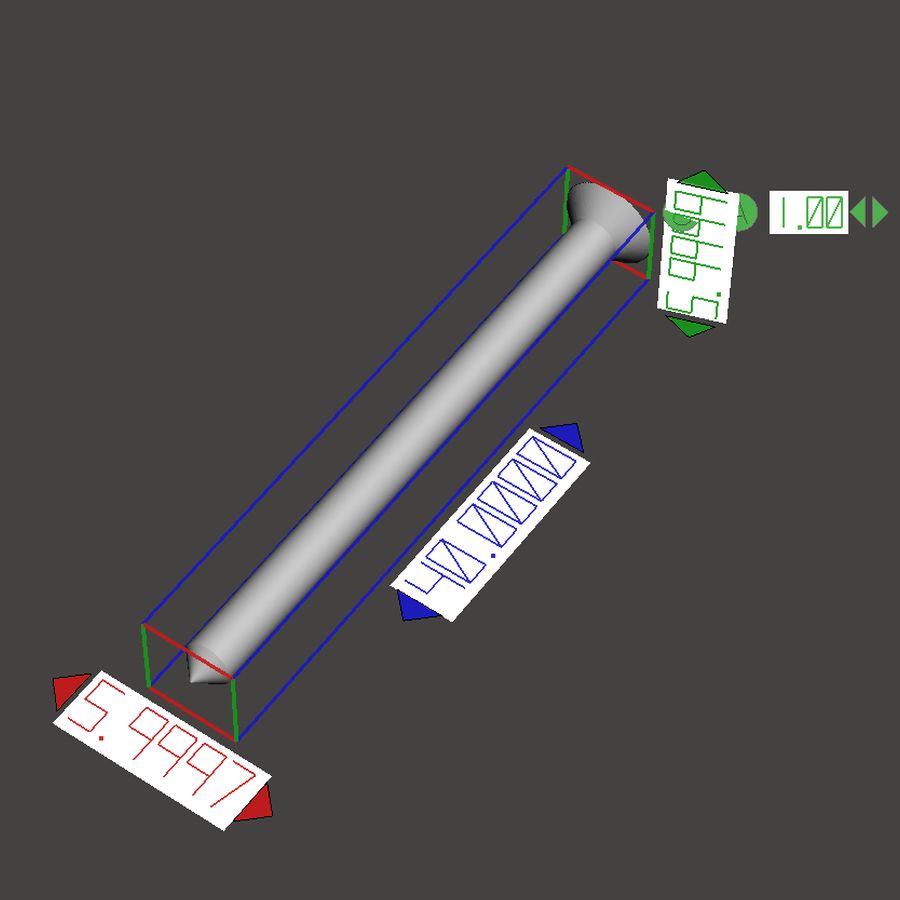
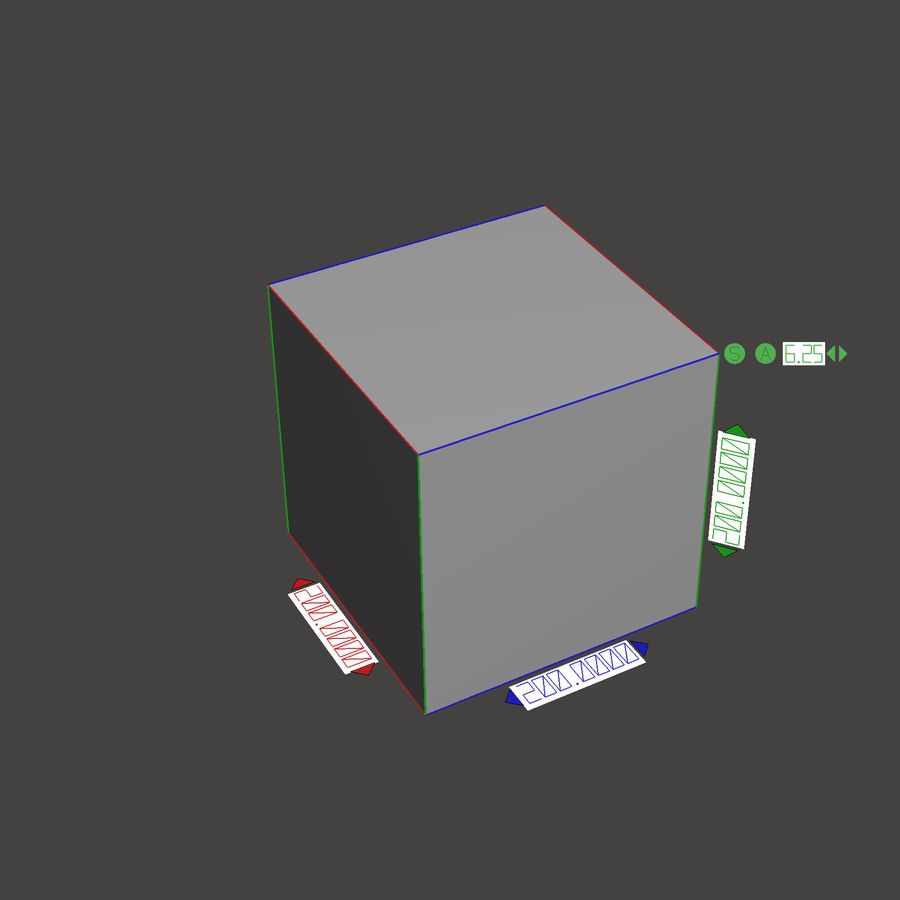
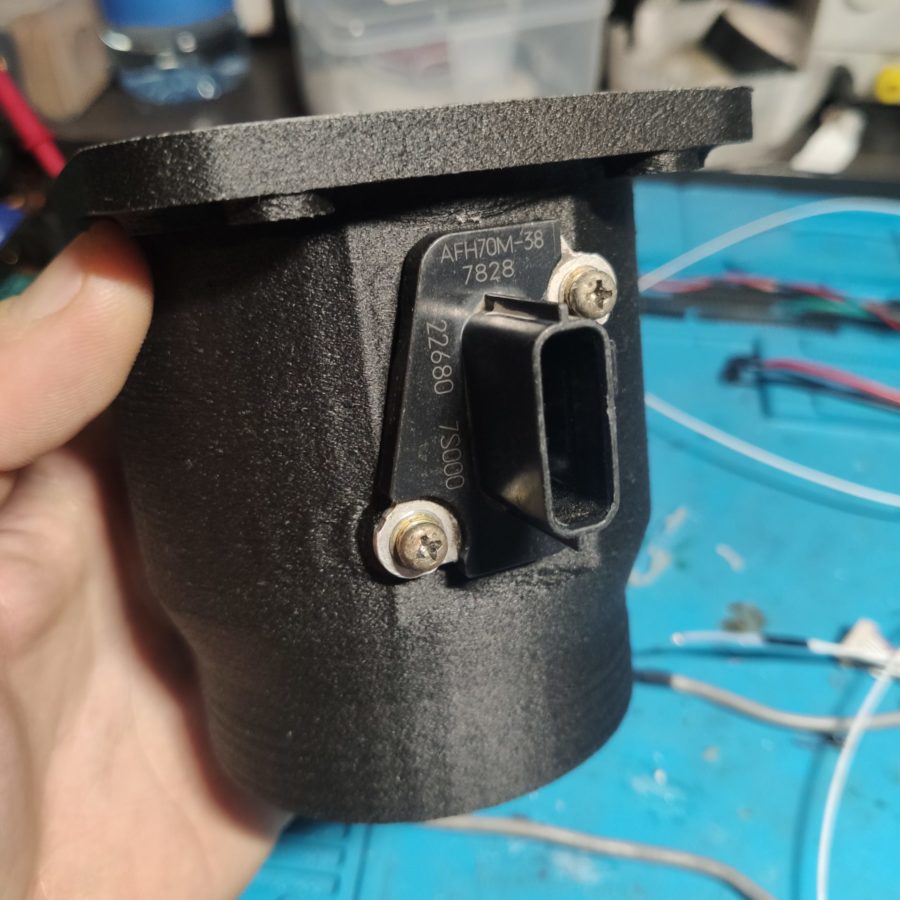

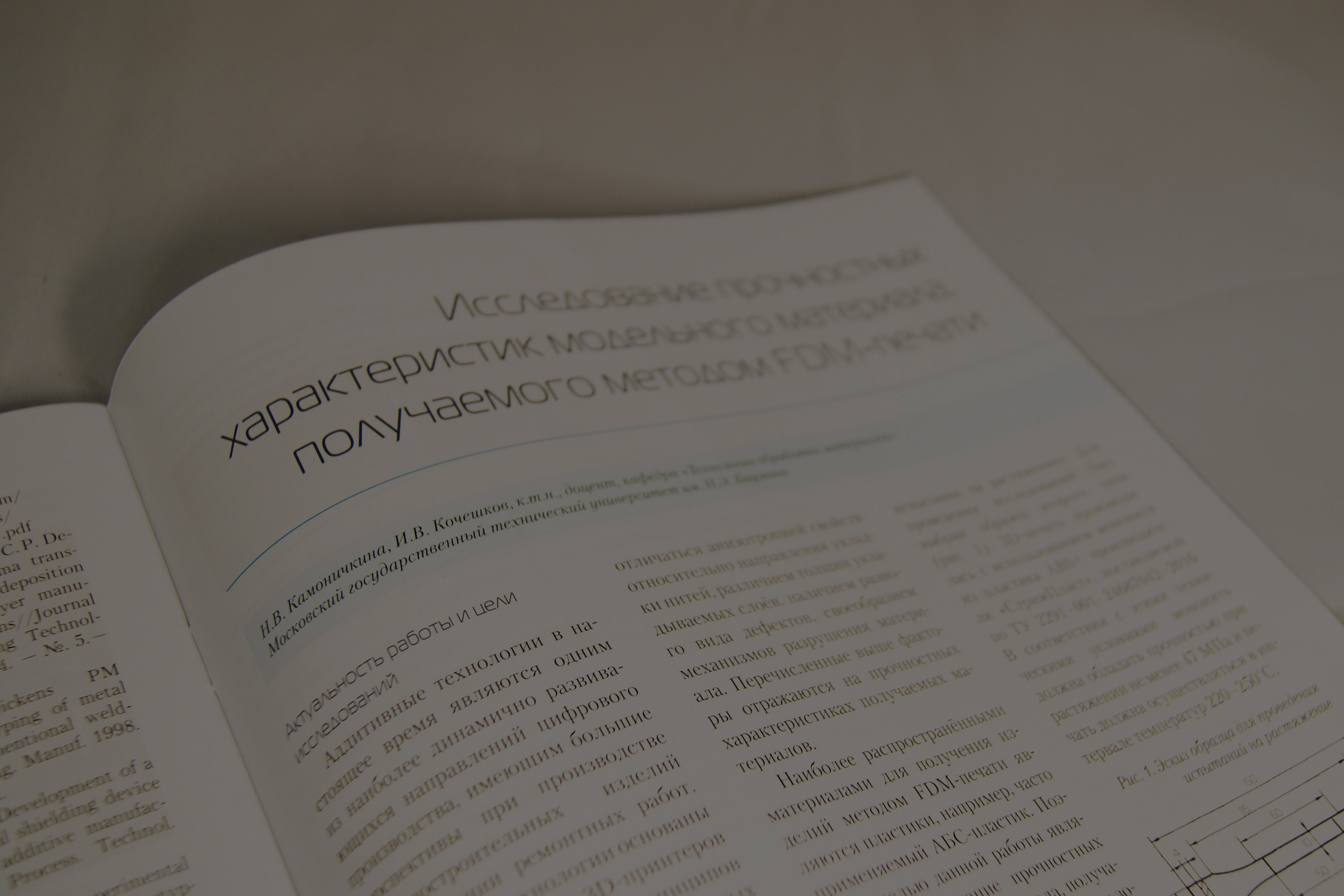


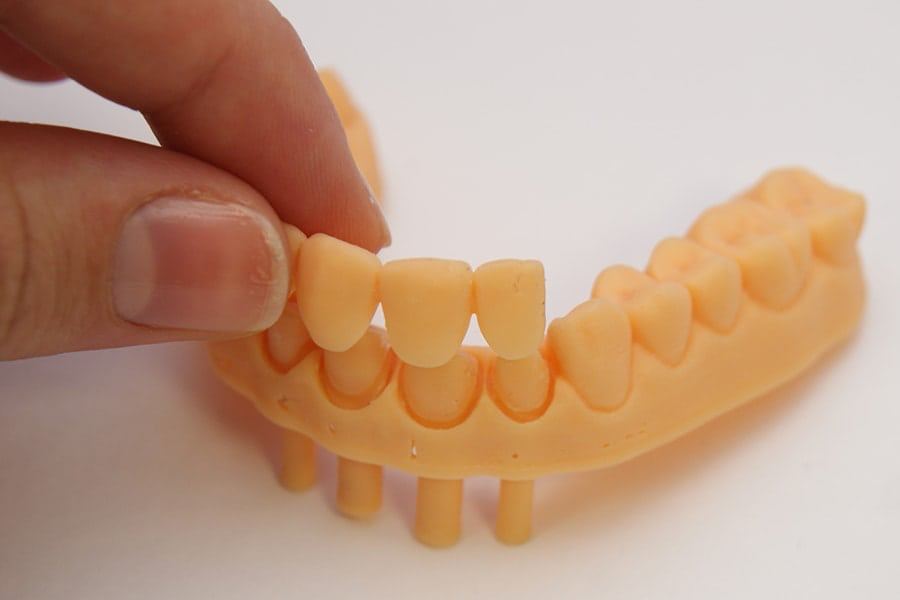
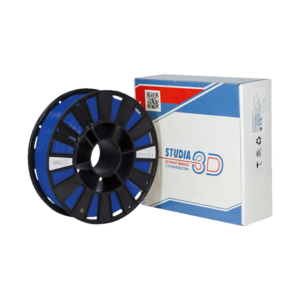
Author: Natalia Kamonichkina
More articles from Natalia Kamonichkina